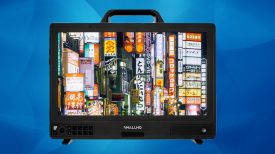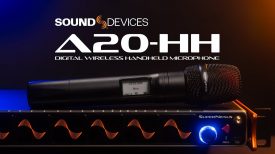Not so long ago if you wanted an action cam there was only one choice – GoPro. These days there are plenty of options including some with large sensors and interchangeable lenses like the Z-Cam E1 we featured last year.
At NAB this year Imagine Vision, the makers of the Z-Cam, were showing a tiny new 4K camera module called the C1.
The module has a more rounded form factor than the boxy E1, and is designed for both photo and video use. The C1 can take pretty much any micro 4/3 lens and has autofocus as well.
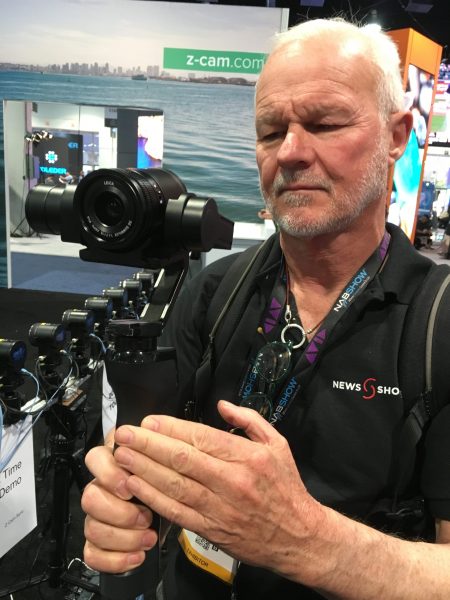
The C1 has a Micro 4/3 sensor and records at up to 60 Mbps to internal SD card. The sensor itself is a Sony IMX159, the same sensor found in some Olympus cameras. There are no high resolution sample videos from the C1 available yet so it is hard to gauge how good the results will be.
We were told it can shoot 4K UHD video internally at 30, 25 and 24 fps and can be either auto, or manual exposure. There are actually three different versions of the C1, the basic one only outputs 1080p HD via the HDMI. The C1 S outputs 4K video and we were told this output is 14-bit. (I believe to be a mistake – I’m guessing the sensor is capturing in 14-bit and the HDMI out will be either 8 or 10-bit.) Interestingly there was also talk of a Raw output version called the C1 R. No further information about Raw format was given at the show.
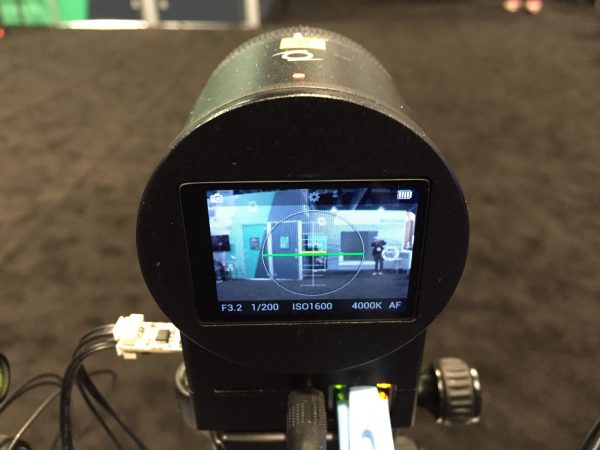
The C1 has a small touchscreen on the rear that aids camera setup and framing. Usefully it shows shutter speed, aperture, ISO and white balance information. The screen also allows the C1 to be used on a dedicated gimbal without the need for an additional view screen or iPhone for monitoring – although from what we saw it was a little hard to actually see the screen when it’s mounted on the gimbal.
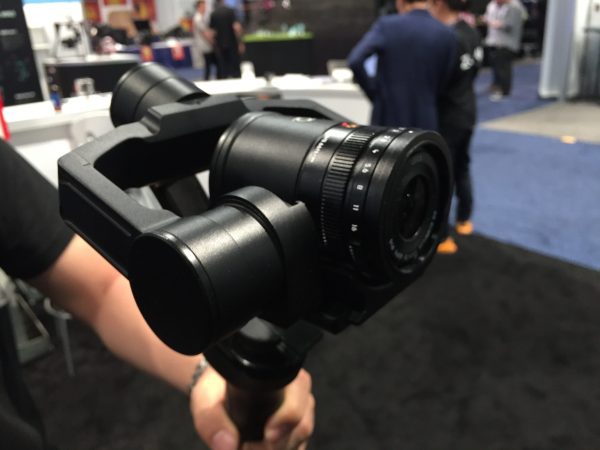
To control the camera there is an I/O port which should make it good for remote use. However there are very few buttons on the module so I’m not sure how much you can set up directly on the camera itself.
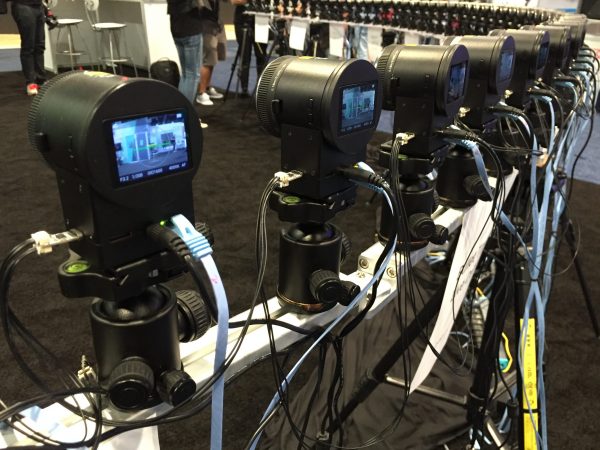
The C1 has the option to use an ethernet connection via a dock. This allows accurate triggering of multiple C1 cameras and one obvious application for this is in bullet time rigs. Z-cam had just such a setup on show with 48 cameras triggering sequentially.
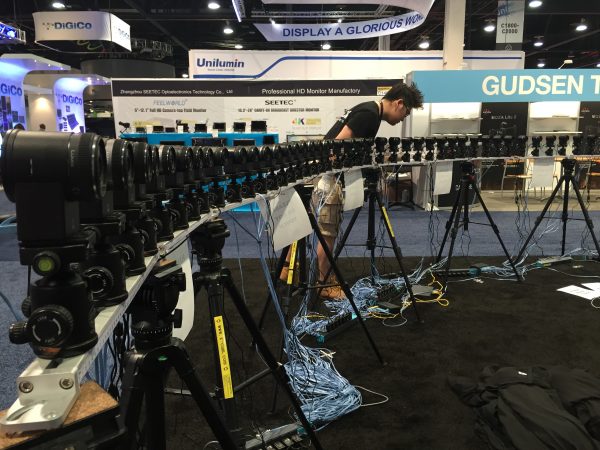
There was also talk of another camera called the P1, which appears to use a different sensor. Details of this camera were scarce.
The C1 is certainly an interesting development. With a pancake lens it is small enough to be used as a POV camera or GoPro replacement – its nearest competition comes in the form of the Blackmagic Micro Cinema Camera. This is a great camera with much higher bitrates and also film gamma, but the internally recording version only shoots HD. To get 4K you need the Production version that outputs to an external recorder. The Blackmagic doesn’t have a screen either – which makes it less suitable as an action camera replacement.
If you want even more versatility then using an Aputure DEC Pro Lens Regain or Metabones Speedbooster can bring a 35mm look to the Micro 4/3 cams.
The form factor of Z-cam cameras also lends themselves to VR applications. I assume that the syncing capabilities of the cameras is of benefit here. We don’t have much info but Imagine Vision have posted a pretty convincing 360 video on Youtube.
The price for the basic C1 module is $599 US, the ethernet docking station is $99 US and pricing for other models wasn’t available.



